Year 6
The English curriculum is built around the three interrelated strands of language, literature and literacy. Teaching and learning programs should balance and integrate all three strands. Together, the strands focus on developing students' knowledge, understanding and skills in listening, reading, viewing, speaking, writing and creating. Learning in English builds on concepts, skills and processes developed in earlier years, and teachers will revisit and strengthen these as needed.
In Years 5 and 6, students communicate with peers and teachers from other classes and schools, community members, and individuals and groups, in a range of face-to-face and online/virtual environments.
Students engage with a variety of texts for enjoyment. They listen to, read, view, interpret and evaluate spoken, written and multimodal texts in which the primary purpose is aesthetic, as well as texts designed to inform and persuade. These include various types of media texts including newspapers, film and digital texts, junior and early adolescent novels, poetry, non-fiction and dramatic performances. Students develop their understanding of how texts, including media texts, are influenced by context, purpose and audience.
The range of literary texts for Foundation to Year 10 comprises Australian literature, including the oral narrative traditions of Aboriginal and Torres Strait Islander Peoples, as well as the contemporary literature of these two cultural groups, and classic and contemporary world literature, including texts from and about Asia.
Literary texts that support and extend students in Years 5 and 6 as independent readers describe complex sequences, a range of non-stereotypical characters and elaborated events including flashbacks and shifts in time. These texts explore themes of interpersonal relationships and ethical dilemmas within real-world and fantasy settings. Informative texts supply technical and content information about a wide range of topics of interest as well as topics being studied in other areas of the curriculum. Text structures include chapters, headings and subheadings, tables of contents, indexes and glossaries. Language features include complex sentences, unfamiliar technical vocabulary, figurative language, and information presented in various types of graphics.
Students create a range of imaginative, informative and persuasive types of texts such as narratives, procedures, performances, reports, reviews, explanations and discussions.
(source: www.australiancurriculum.edu.au)
Achievement Standard
Receptive modes (listening, reading and viewing)
By the end of Year 6, students understand how the use of text structures can achieve particular effects. They analyse and explain how language features, images and vocabulary are used by different authors to represent ideas, characters and events.
Students compare and analyse information in different and complex texts, explaining literal and implied meaning. They select and use evidence from a text to explain their response to it. They listen to discussions, clarifying content and challenging others' ideas.
Productive modes (speaking, writing and creating)
Students understand how language features and language patterns can be used for emphasis. They show how specific details can be used to support a point of view. They explain how their choices of language features and images are used.
Students create detailed texts elaborating on key ideas for a range of purposes and audiences. They make presentations and contribute actively to class and group discussions, using a variety of strategies for effect. They demonstrate an understanding of grammar, and make considered vocabulary choices to enhance cohesion and structure in their writing. They use accurate spelling and punctuation for clarity and make and explain editorial choices based on criteria.
(source: www.australiancurriculum.edu.au)
- Plus Plan
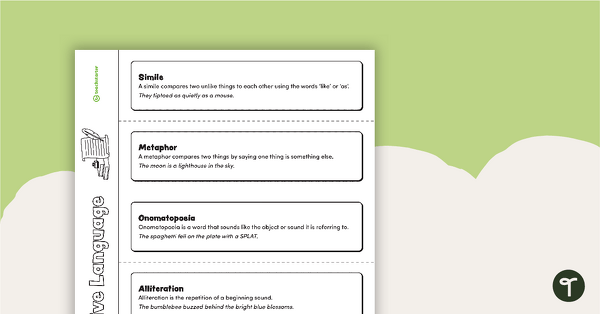
Figurative Language Flip Book
A flip book template for students to identify examples of figurative language.
- Plus Plan
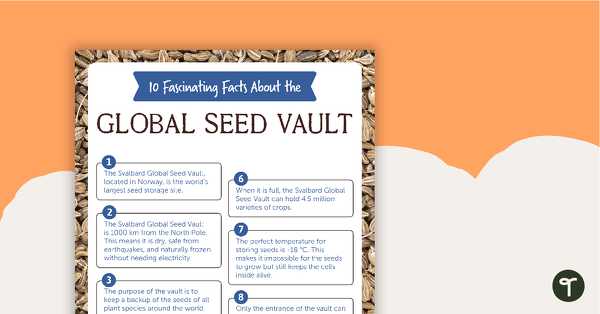
10 Fascinating Facts Worksheet – The Global Seed Vault
A comprehension worksheet for a magazine article about the global seed vault.
- Plus Plan
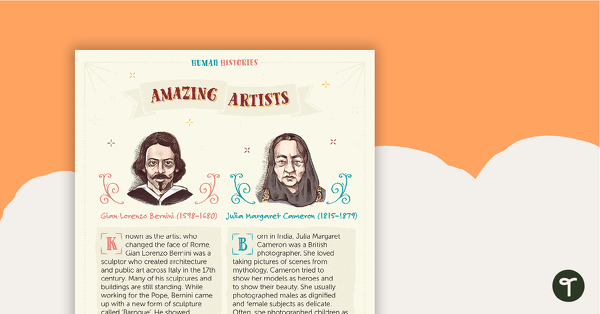
Human Histories: Amazing Artists – Comprehension Worksheet
A comprehension worksheet for a magazine article about some amazing artists.
- Plus Plan
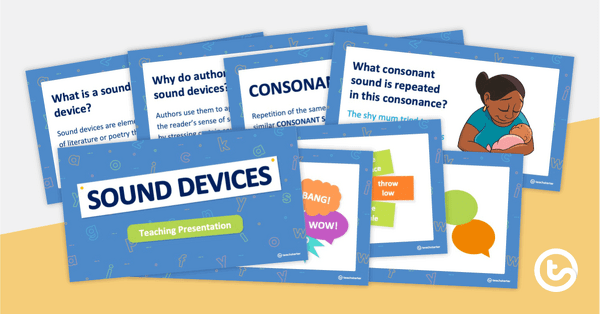
Sound Devices PowerPoint
An editable PowerPoint to use when teaching sound devices to your students.
- Plus Plan
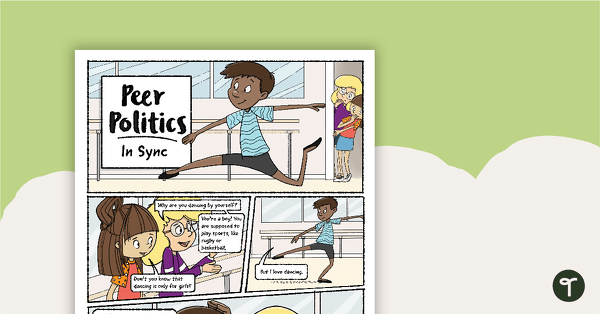
Comic – Peer Politics: In Sync – Comprehension Worksheet
A comprehension worksheet for a comic about encouraging people and their passions regardless of their gender.
- Plus Plan
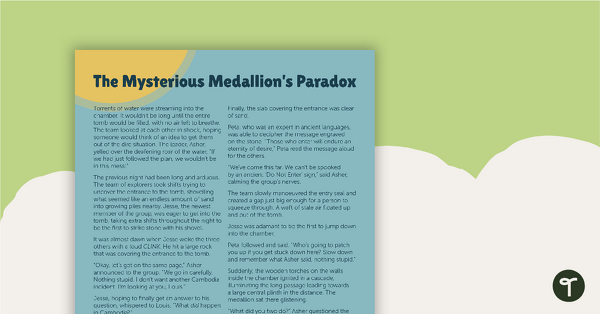
The Mysterious Medallion's Paradox - Worksheet
A comprehension worksheet for a narrative from the Year 6 magazine (Issue 2).
- Plus Plan
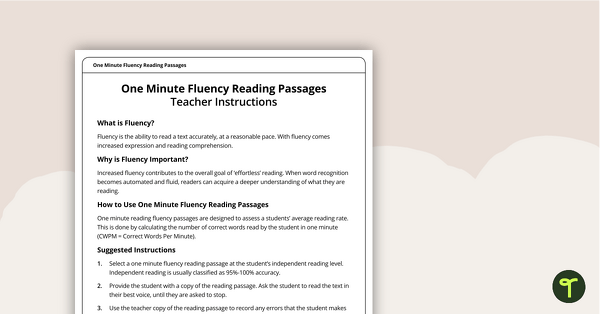
Fluency Reading Passage - Tropical Cyclones (Year 6)
A non-fiction text to use when assessing students' fluency.
- Plus Plan
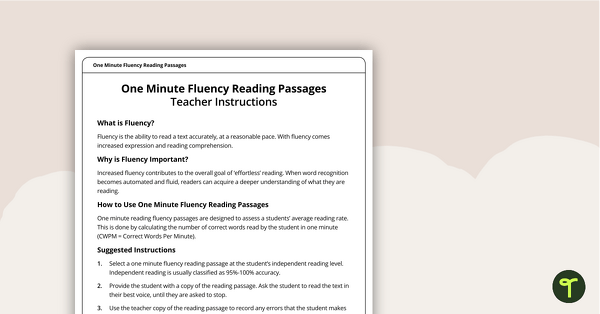
Fluency Reading Passage - The Thunderstorm (Year 6)
A fiction text to use when assessing students' fluency.
- Plus Plan
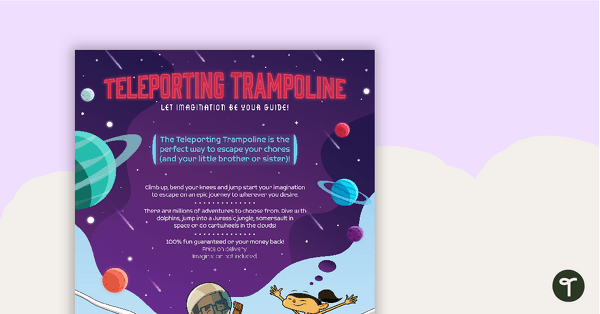
The Teleporting Trampoline - Worksheet
A comprehension worksheet for a fake advertisement from the Year 6 magazine (Issue 2).
- Plus Plan
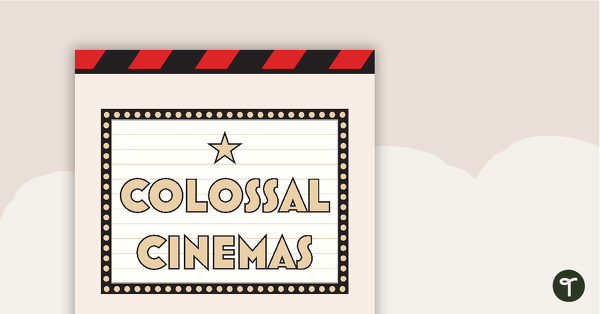
Colossal Cinemas: Movie Merch Mayhem – Project
A project in which students can design a merchandise line and create a movie trailer for a chosen movie to screen at Colossal Cinemas.
- Plus Plan
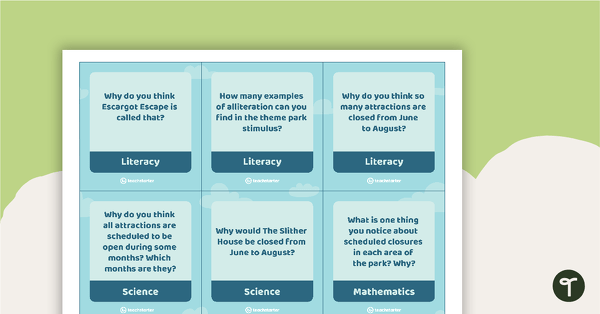
Five Wonders Theme Park Stimulus – Task Cards
103 activity task cards based on the Five Wonders Theme Park stimulus posters.
- Plus Plan

Human Histories: Amazing Achievements - Read and Respond Worksheet
A comprehension activity related to a biographical text.
- Plus Plan

Spelling Words Card Game – Editable
A card game for spelling words.
- Plus Plan
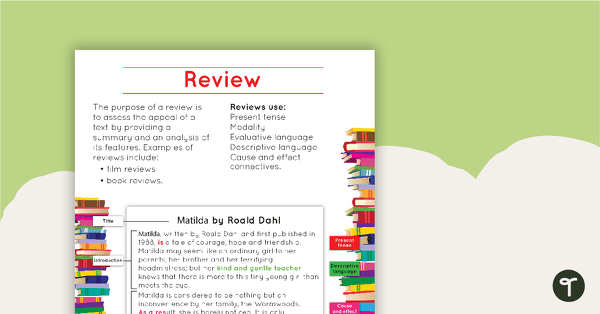
Review Text Type Poster With Annotations
A poster about reviews, including an annotated example.
- Plus Plan
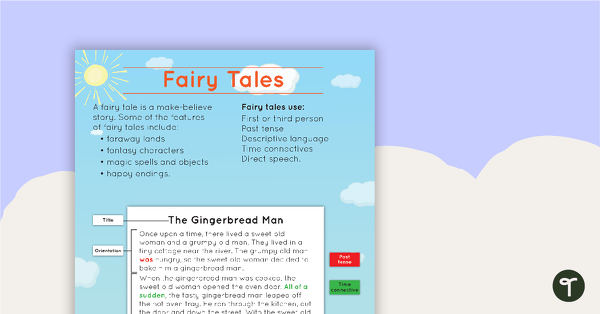
Fairy Tales Text Type Poster With Annotations
A poster about fairy tales, including an annotated example.
- Plus Plan
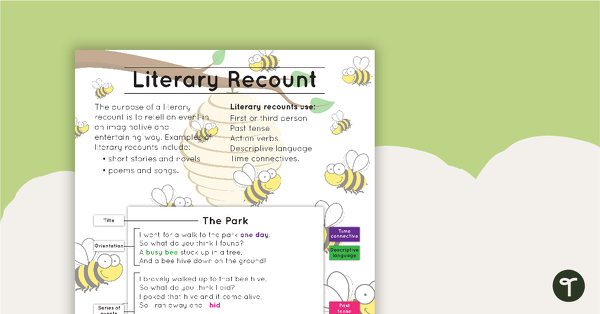
Literary Recount Text Type Poster With Annotations
A poster about literary recounts, including an annotated example.
- Plus Plan
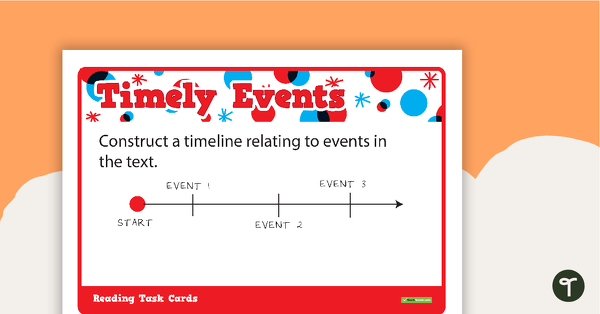
Reading Task Cards
Over 40 reading task cards.
- Plus Plan

Visualise Poster
A poster highlighting how to visualise when reading a piece of text.
- Plus Plan
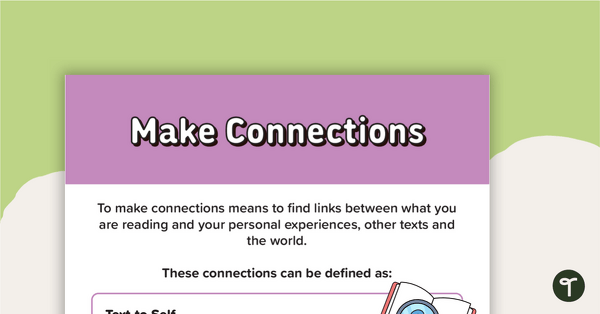
Make Connections Poster
A poster highlighting how to make connections when reading a piece of text.
- Plus Plan
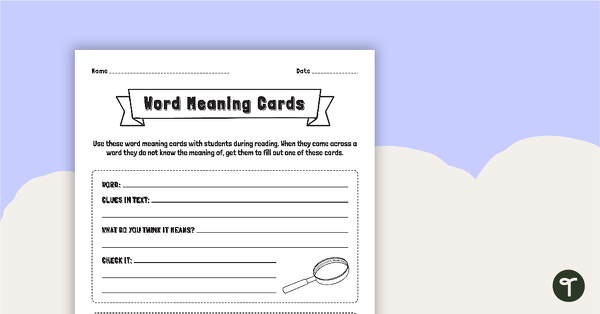
Finding Word Meaning In Context - Word Meaning Cards
A teaching resource to help teach your students how to find word meaning in context.
- Plus Plan
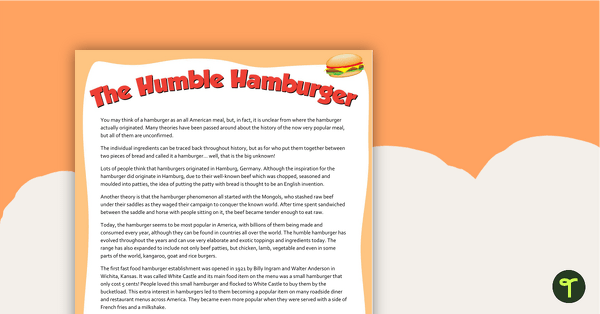
Comprehension - The Humble Hamburger
A comprehension activity about the humble hamburger.
- Plus Plan
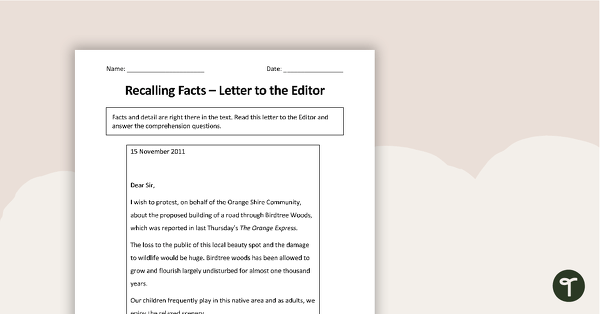
Recalling Facts - Letter to the Editor Activity
A worksheet to use when teaching students how to recall facts and details when reading.
- Plus Plan
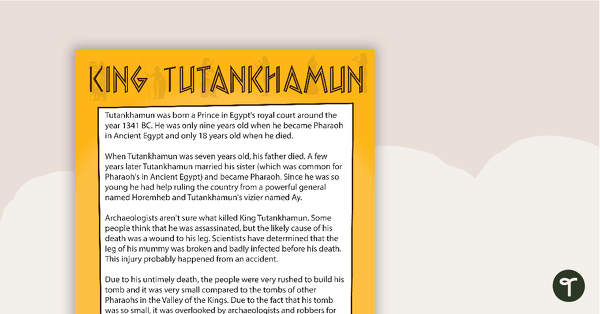
Comprehension - King Tutankhamun
A comprehension activity about King Tutankhamun.
- Plus Plan

Antonyms Polygon Puzzle
Match antonym pairs with an engaging opposite words tarsia puzzle.
- Plus Plan
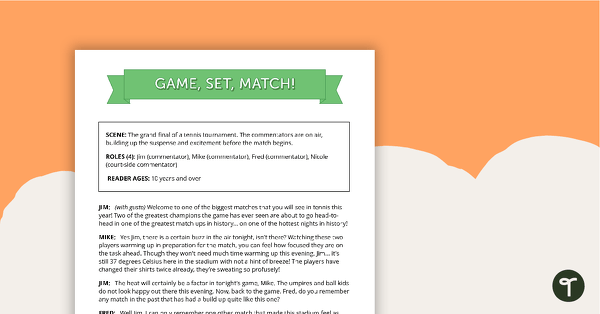
Comprehension - Game, Set, Match!
A fun script and set of questions to help students develop reading and comprehension strategies.
- Plus Plan
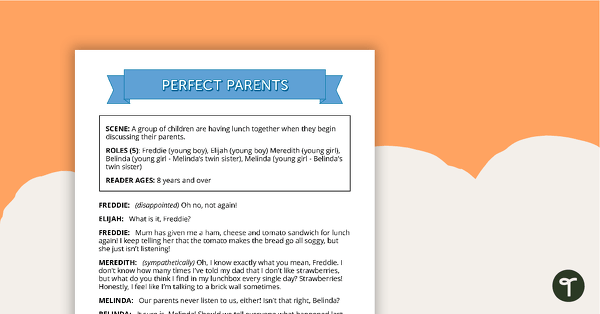
Comprehension - Perfect Parents
A fun script and set of questions to help students develop reading and comprehension strategies.
- Plus Plan
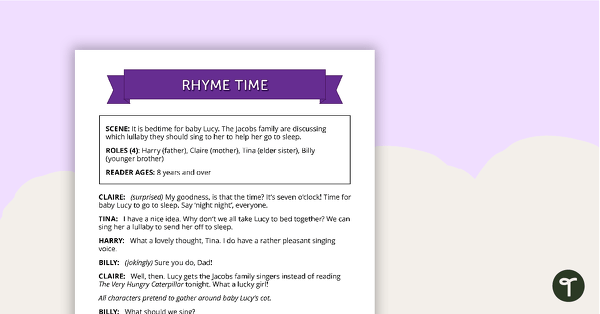
Comprehension - Rhyme Time
A fun script and set of questions to help students develop reading and comprehension strategies.
- Plus Plan
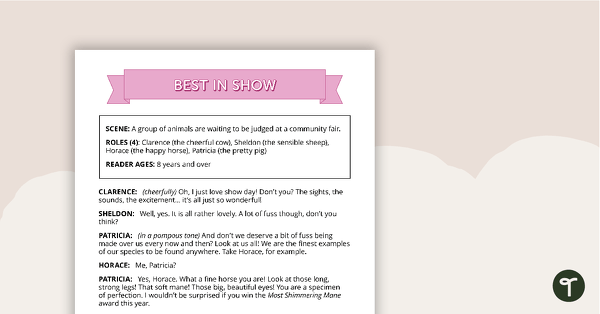
Comprehension - Best In Show
A fun script and set of questions to help students develop reading and comprehension strategies.
- Plus Plan
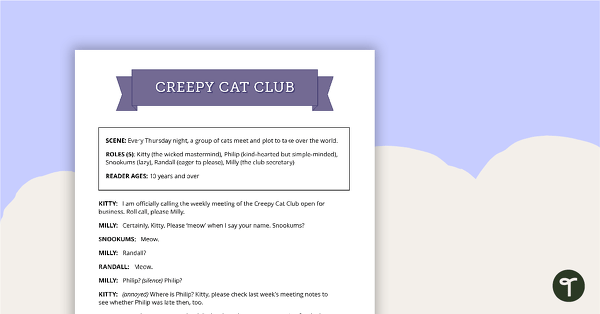
Comprehension - Creepy Cat Club
A fun script and set of questions to help students develop reading and comprehension strategies.
- Plus Plan
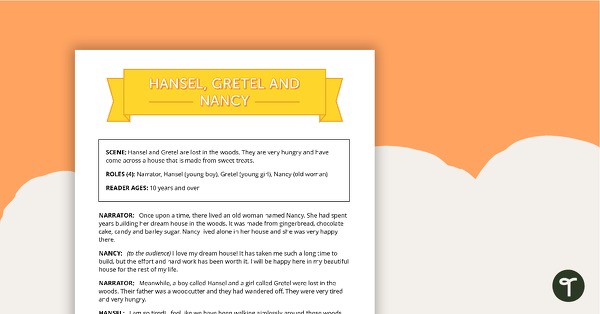
Comprehension - Hansel, Gretel and Nancy
A fun script and set of questions to help students develop reading and comprehension strategies.
- Plus Plan
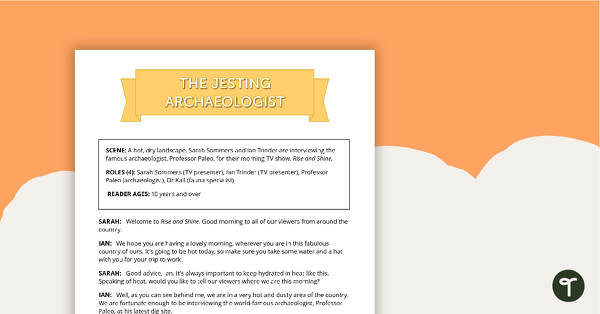
Comprehension - Jesting Archaeologist
A fun script and set of questions to help students develop reading and comprehension strategies.
- Plus Plan
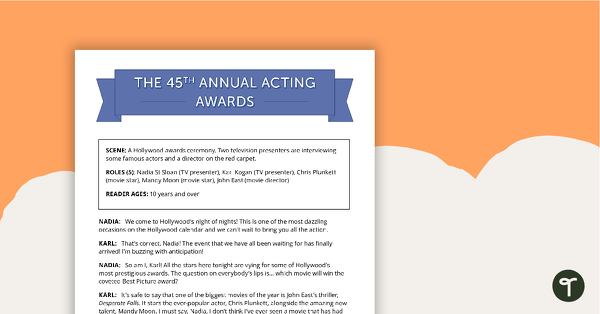
Comprehension - 45th Annual Acting Awards
A fun script and set of questions to help students develop reading and comprehension strategies.